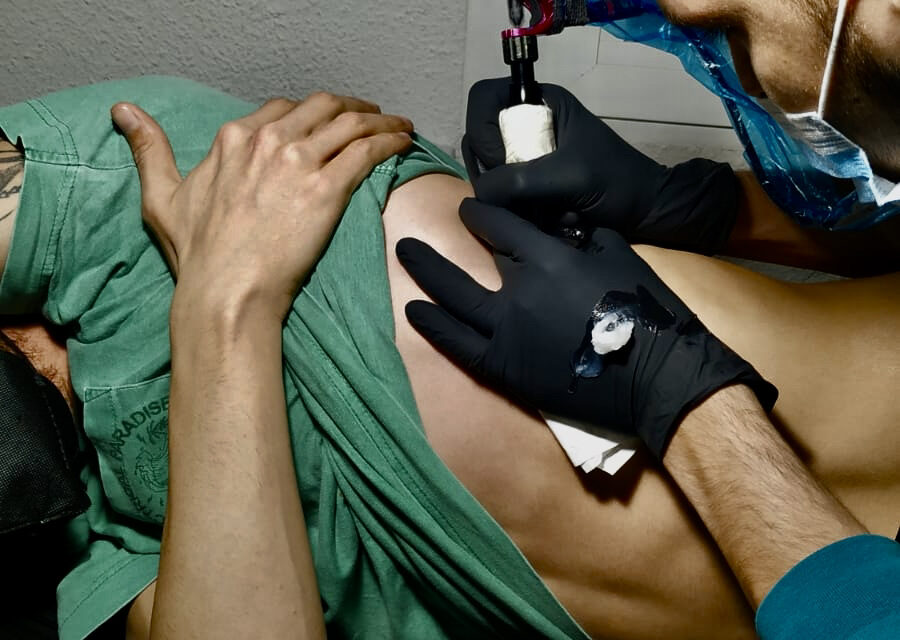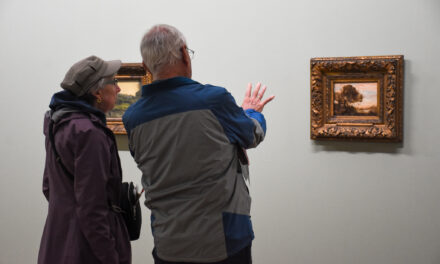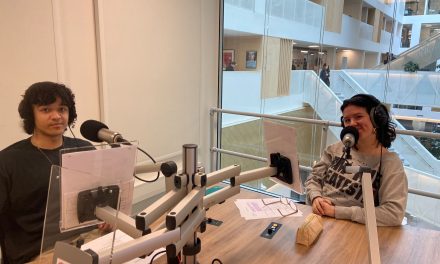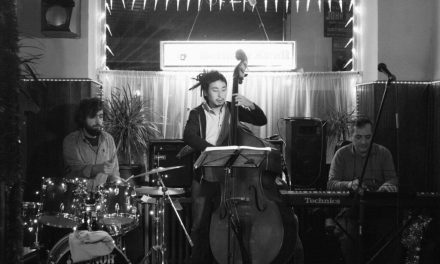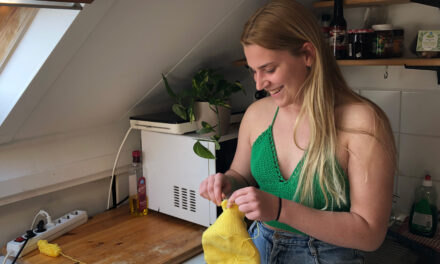After spending the night drawing and detailing sketches, Alvaro goes to sleep at five in the morning. He has to tattoo three different people tomorrow and he cannot afford to make any mistakes. “I can’t forget that I am injecting ink into people’s skin, I can’t improvise,” he says to himself.
All of his life has been dedicated to drawing, Alvaro Fonseca, artistically known as Finzo, decided to begin in the world of tattooing, in which he has been immersed for 3 years now. “I started in this little world because to make a living from drawing you have to be a star. However, you are always going to have friends or acquaintances who want you to tattoo them.”
But the disciplines of these two arts are very different. While tattooing implies constancy and stability, reflecting what your client wants but being faithful to your style, drawing on paper has no limits or rules. The beginnings of tattooing are hard, “there is a lot of tension until you can enjoy it and have fun. My goal is to immerse myself as I do with the pencil.”

Last tattoo done by Álvaro Fonseca/ ÁLVARO FONSECA
And the ambition that pursues the artist is accompanied by the hunger to learn about the evolution of this art. For Finzo “tattoos reflect society and the moment in which they are created.” Nowadays, people tattoo themselves following different styles, to give a personal message, but “always for aesthetics”, because we live in a superficial society.
For example, the origin of tattooing in Japan lies in the marks that were tattooed on criminals to label them as such. But they decided to cover up them with fantastic motifs they got from their culture, as dragons. “They wanted to camouflage themselves and integrate into society,” says the artist.
When Sailor Jerry promoted tattooing in Hawaii in the 1920s, another phenomenon emerged: tattooing as a sign of identity. It was mainly sailors who were the protagonists of this stage, “rum bottles and tattooed women became elements of identity.” And at this time, the exchange of techniques and cultures revolutionized the profession.
And finally, was in the ’80s when this phenomenon entered Spain, shared by a social context of exclusion, drugs, and delinquency, “representing a marginal sector in the country,” according to the artist. “The political factor has indeed been less represented in this world,” says Finzo. Even though there have been times when political tattoos have expanded, such as Nazism, “I do not consider it a good way of political awareness because the tattoo is a message that you only give to yourself.”
The free access and social networks that this discipline and new times have has led to the popularization of this art. Anyone with a qualification and a machine can tattoo, but Finzo believes that “only a few manage to become tattoo artists. Only those who draw very well and reach to bring it to the skin with the same quality.” Álvaro confesses that he does not consider himself as an artist “under any circumstances” because he “still has a long way to go to do what they do.”
“I consider myself an artisan. Making a living from what I like and achieving it through my own hands does not mean being an artist, and that is not why I feel undervalued. But it seems that society feels underestimated because of that,” Finzo says. “Just because you have a tattoo machine does not directly make you an artist.”
